Whalers’ Tales Shed New Light on Arctic Ice
A new study analyzing the log books of British whaling ships’ journeys more than 200 years ago has gathered vital data on the Arctic ice sheet before extensive fossil fuel use began to affect climate.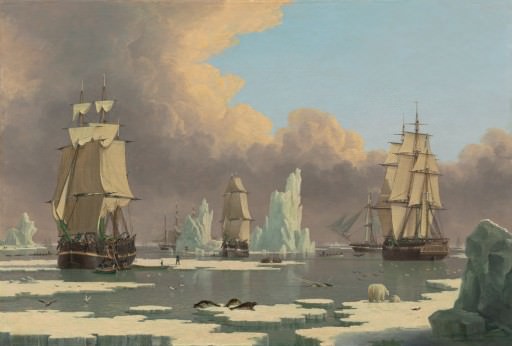
By Tim Radford, Climate News NetworkThis piece first appeared at Climate News Network.
LONDON — British whaling ships from Tyneside in the north-east of England made 458 trips to the edge of the Arctic ice between 1750 and 1850. Their log books contained detailed records of perilous journeys, whales caught, and the tons of blubber and barrels of oil they brought home.
For Matthew Ayre, a PhD student at the University of Sunderland, UK, and Dennis Wheeler, the university’s Emeritus Professor of Climatology, these log books and other records by merchant ships and Arctic explorers such as Sir John Franklin — who tried in 1845 to navigate the icy North-West Passage between the Atlantic and the Pacific — represent an extraordinary resource.
They give an account of the southern edge of the ice sheet, the prevailing weather, the spring and summer extremes, the storms, and the condition of the Arctic ice shelf.
Planetary climate
And the log books offer a snapshot of conditions in the century before the first systematic use of fossil fuels began subtly to alter the planetary climate.
The catch, of course, is that the log books were composed in the technical language used by the masters of sailing ships more than 200 years ago, augmented by the jargon appropriate to a trade abandoned by the British more than a century ago.
For Ayre, the first great challenge was to compile a systematic sea ice dictionary and translate it into the language used by scientists today. He then validated his data with five weeks on the US Coastguard ice breaker and research vessel, USCGC Healy, exploring the edge of the polar ice at first hand. His study, which is part of the collaborative ARCdoc project, concentrates on the Davis Straits between north America and Greenland, and the north-west Atlantic.
The evidence confirms satellite observations made in the last three decades that the extent of the polar ice was once far greater, and that the Arctic ice is in historic retreat.
“Significantly, this is the first time we have ever had direct observational information on the ice fronts in the north Atlantic and the Davis Straits area before 1900,” Dr Wheeler said. “Until the introduction of satellite information from the 1970s, we didn’t know what the ice was doing.
“Well, now we know it was more advanced — therefore, the retreat of the ice in the last 30 years is part of a more recent and new pattern of climate change. So these log books contain absolutely vital climatological information.”
All systematic weather records are relatively recent. The oldest continuous temperature series dates from England in 1659, but records from most of the world, until the last century, were random or simply sparse.
So climate researchers go for what they call proxy data — such as ice cores, lake sediments and tree rings — that provides overall clues to changing patterns of climate during the millennia.
There are other secondary sources — such as monastery and historic estate archives recording farm yields — that offer clues to bygone summers.
Life or death
But the richest resource is probably the log books of the naval ships and merchantmen, the whalers and adventurers who took to the seas in the great age of exploration that began in the 16th century. For such men, the state of the ice and the weather at its edge was a matter of life or death.
The challenge was to match what 18th-century observers recorded with the scientific observations to be made now.
Ayre got his chance aboard the US research vessel, using as a guide an epic account of the Arctic regions, written in 1820 by the Whitby whaler and pioneer scientist, William Scoresby.
“I was making observations every four hours aboard Healy, using Scoresby’s definitions and the Healy researchers’ own daily records, testing how accurate our data is to validate what is in the sea ice dictionary,” Ayre said.
“Apart from modern day research vessels, these are the only books in history from ships that seek out the ice edge in great detail and follow it.”
Your support matters…Independent journalism is under threat and overshadowed by heavily funded mainstream media.
You can help level the playing field. Become a member.
Your tax-deductible contribution keeps us digging beneath the headlines to give you thought-provoking, investigative reporting and analysis that unearths what's really happening- without compromise.
Give today to support our courageous, independent journalists.
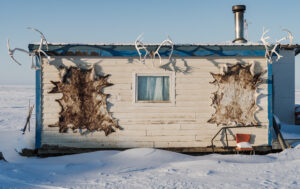
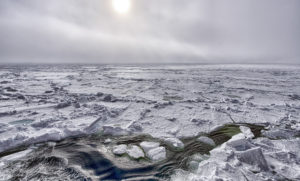
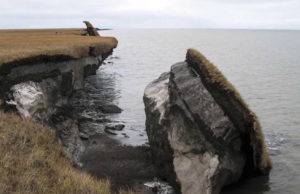

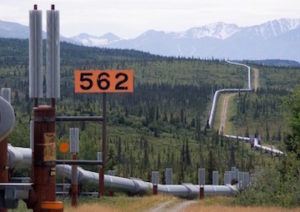

You need to be a supporter to comment.
There are currently no responses to this article.
Be the first to respond.